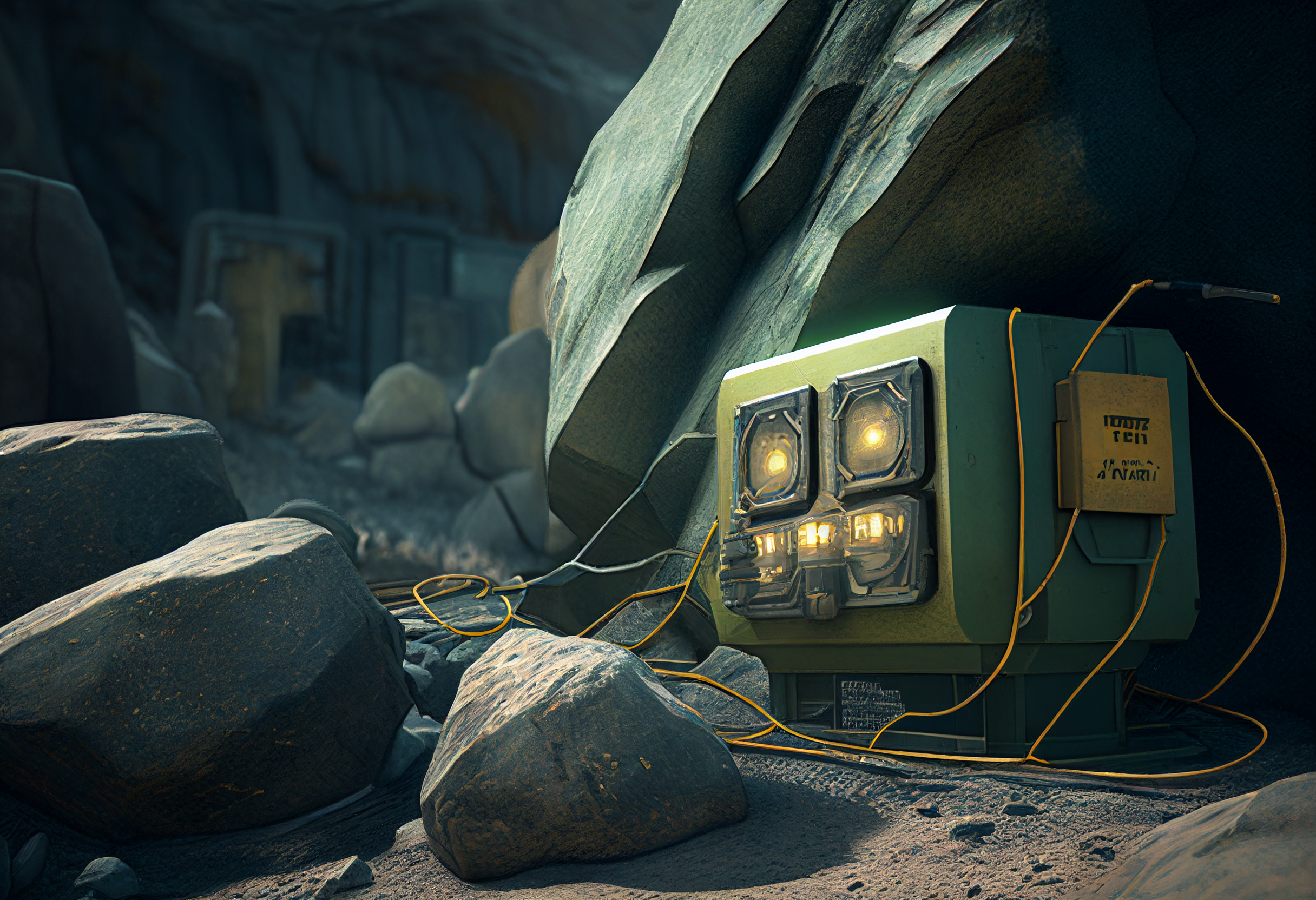Uranium prices have entered a new bull market in 2023, surging 20% so far this year. The nuclear fuel recently hit $60 per pound for the first time in over a decade. This milestone comes on the back of rosier demand forecasts from the World Nuclear Association (WNA) and vastly outperforms other metals markets.
The WNA recently released its biennial report at the World Nuclear Symposium in London. The report provides insights into future uranium demand, underscoring the role nuclear power will play in the global energy transition. It predicts world reactor requirements for uranium will reach almost 130,000 tonnes by 2040, up from 65,650 tonnes in 2023.
Even the WNA’s most conservative projection of 87,000 tonnes in 2040 represents robust demand growth. This is driven by an expected expansion of nuclear capacity from 391 gigawatts currently to 686 gigawatts by 2040 under its base case scenario. The bulk of new reactors will be located in China, which is aggressively decarbonizing by replacing coal plants with nuclear.
China has 23 reactors under construction, 23 more planned, and 168 proposed to add to its existing fleet of 53 reactors. The WNA report increased its overall uranium demand growth projections to 4.1% annually through 2040, up from 3.1% in its 2021 forecast.
This surging demand presents a huge opportunity for growth in the uranium mining sector. As the market transitions from oversupply to undersupply, uranium companies are poised to benefit tremendously. Their revenues, earnings, and valuations could rapidly improve as prices rise. Many junior miners could become acquisition targets for larger producers looking to add resources.
A key driver of demand is the accelerated adoption of small modular reactors (SMRs). These compact, modular designs allow nuclear plants to be constructed faster and cheaper. The WNA sees SMRs reaching 31 gigawatts of installed capacity by 2040, significantly boosting uranium demand. However, forecasts remain relatively conservative given SMRs’ potential applications in shipping, data centers, and other sectors.
According to BMO Capital Markets, SMRs could play a pivotal role in powering remote mines looking to replace diesel generators with cleaner energy solutions. With ample space and ideal climates, mines are adding solar and wind power. But in colder regions like Canada, SMRs may be the only viable zero-carbon option.
In much the same way platinum miners are testing hydrogen trucks onsite, uranium producers could pioneer SMR installations at operations. This would create new demand from uranium miners themselves. BMO estimates SMR capacity could reach 58 gigawatts by 2030, or around 10% of total nuclear generation.
While secondary supplies like reprocessed fuel and stockpiles have bridged the supply-demand gap for decades, the WNA report acknowledges these inventories are diminishing. With roughly 3.7 years of reactor requirements in current stockpiles, the WNA projects secondary supplies will fall from 11-14% of demand now to just 4-11% by 2050.
This decline underscores the need for new mine supply to meet growing reactor demand in the long run. With secondary sources drying up, uranium prices must rise to incentivize investment in expansion and new projects. The uranium bull run still appears to be in its early innings, as rosier demand forecasts confront constrained mine supply. Nuclear energy’s role in global decarbonization efforts continues to expand, brightening the outlook for uranium markets and uranium mining companies.
